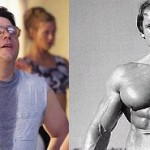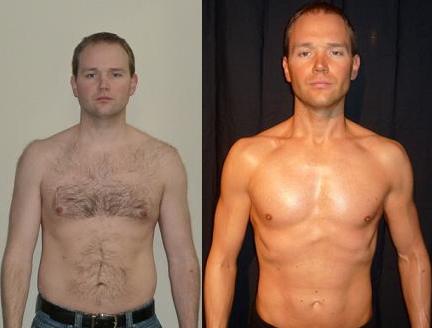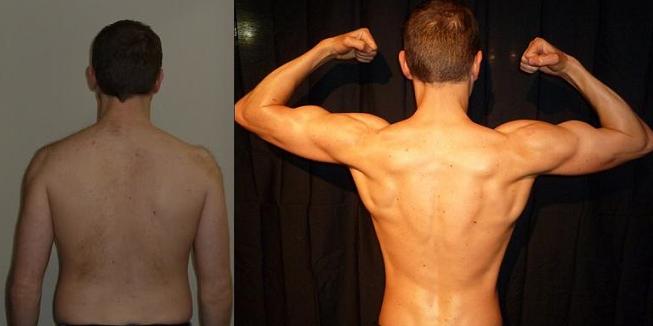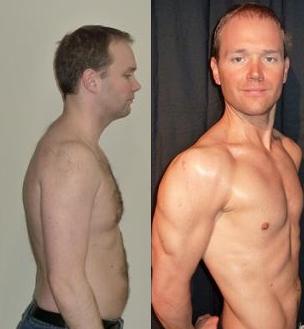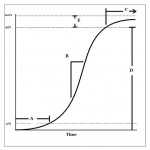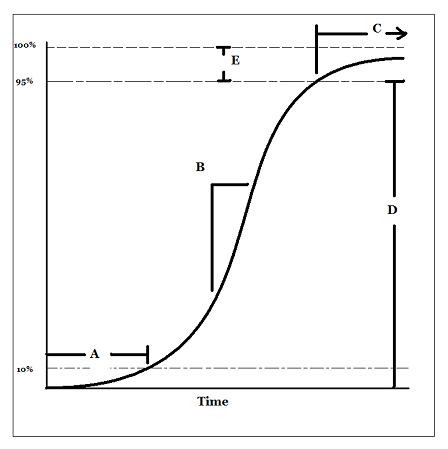I made a BIG mistake over the last couple weeks.
I did it for you, but it was still a mistake.
John, Brad H. and I are constantly trying out new things, kind of like a super early Beta Testing. We put our theories to the test on paper and in real world applications before we ever think of bringing them up on-line. They don’t always work out as planned.
When it comes to my diet, I am both its dictator and its muse.
I spent the last two weeks testing a theory on diet and muscle-building. It went directly against most of what we preach… and I think that’s why I found it so intriguing.
We’re constantly drawn towards the idea that imbalance is somehow needed for the magic of muscle building.
We ‘clump’ meals, or nutrients. We avoid foods at certain times of the day and we promote them at other times, but it’s always in the name of imbalance.
The common think is that a balanced approach to eating is great for health but is not enough for building muscle – that has to somehow come from lack of balance, from something extreme.
There is no foundation for this theory – I think a large part of it is trying to ‘explain away’ the difficulties we all face gaining muscle, because after the initial burst it happens very, very slowly.
Truth is when it comes to diet you should always strive for balance. Even fasting programs like Eat Stop Eat are designed add balance to your approach to eating.
Don’t fall for the idea that your diet needs to be crazy to build muscle.
Brad




